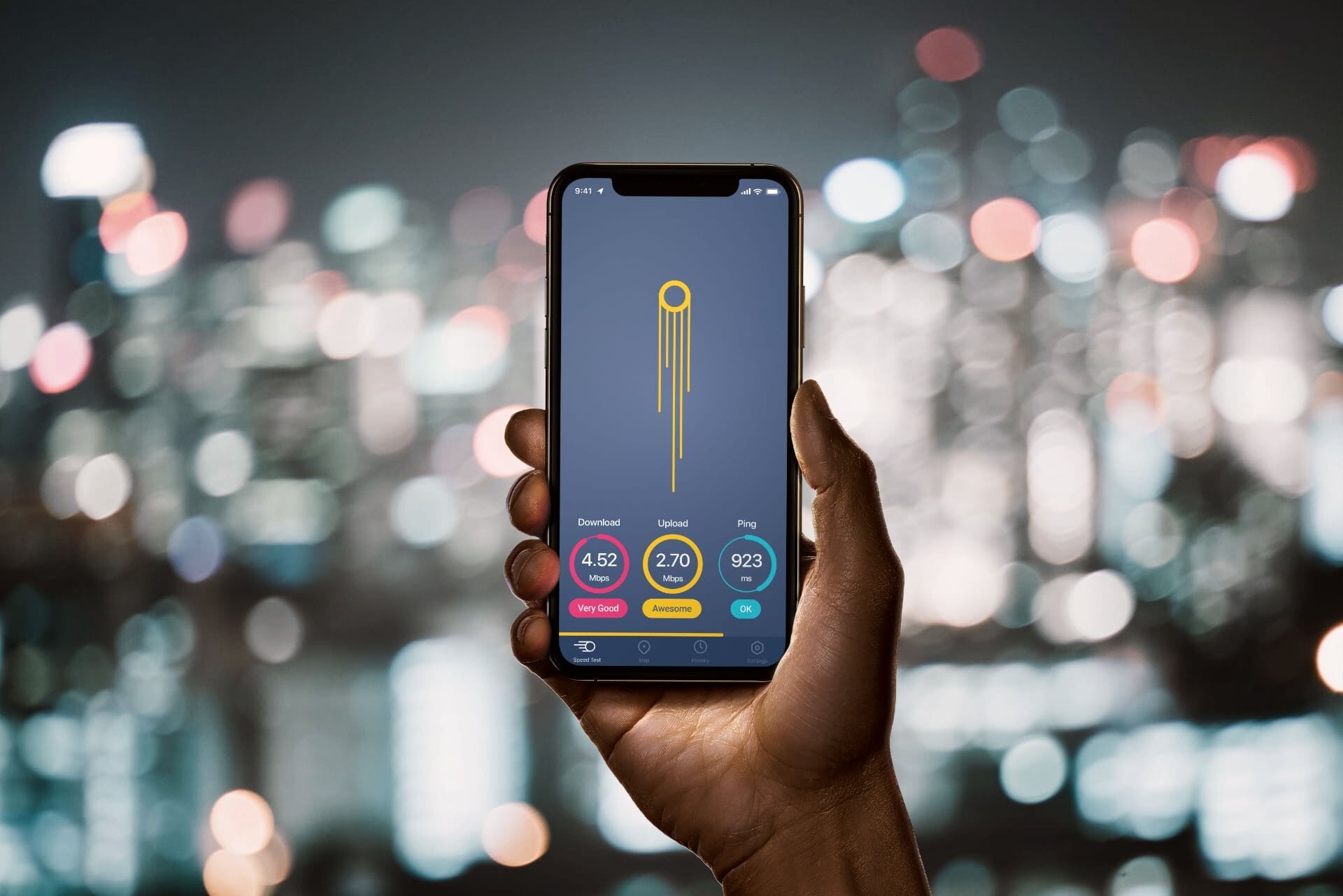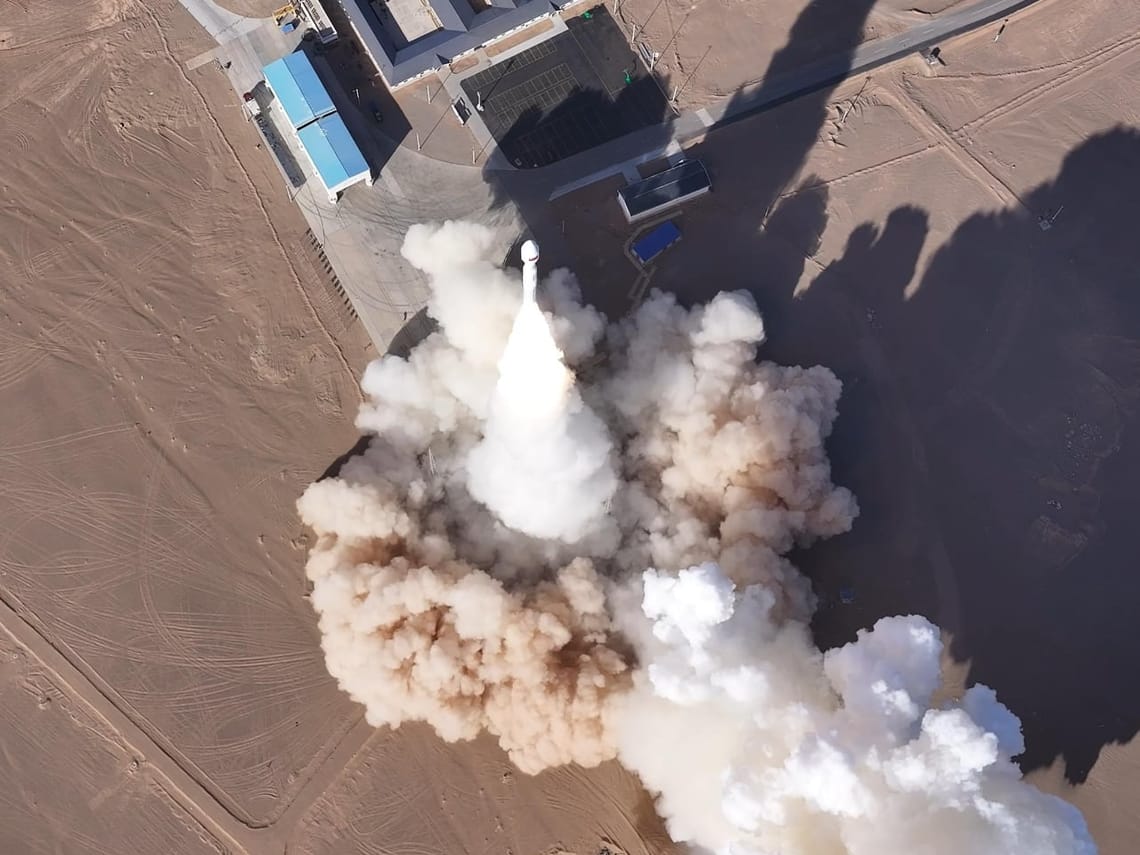e& UAE has announced a partnership with Huawei to weave AI into its 5G-Advanced core. The upgrade uses NWDAF and MDAF for predictive analytics, and adds New Calling via MCF for features like real-time translation and screen sharing. All of it is opt-in with consent controls.
What’s actually new
e& UAE says its 5G-Advanced rollout moves beyond speed bumps and into intelligence. The focus is operational smarts and richer calls, not marketing glitter.
- Collaboration with Huawei on the 5G-Advanced Core
- NWDAF as the “brain” for network analytics and prediction
- MDAF for longer-term, management-level insights
- New Calling features inside the call itself
- Opt-in privacy and consent controls
The operator is deploying Huawei’s 5G-Advanced Core stack. NWDAF will analyse live network data to predict faults and optimise resources. MDAF looks at alarms, logs and performance reports for predictive maintenance. The MCF piece enables New Calling, so calls can include live translation, dynamic screen sharing and interactive content. Users must opt in.
How AI in the core helps your signal behave
AI in the core isn’t a shiny app; it’s plumbing. Useful plumbing.
- Proactive detection and resolution of issues
- Smarter resource allocation during busy hours
- Automation of complex ops tasks for stability
- Network that learns and adapts over time
NWDAF sits inside the core and processes real-time data to head off congestion or failures before you feel them. That means fewer dropped calls and more stable data sessions. Paired with MDAF’s longer-term view, the network can learn from patterns and adjust over days and weeks, not just seconds. Together they create a self-optimising system designed for reliability.
New Calling: beyond a plain voice call
New Calling layers extra functions on top of the normal call. No separate app dance.
- Real-time translation inside the call
- Dynamic screen sharing while you talk
- Interactive content delivered in-call
- Uses the IMS Data Channel
Calls can now carry visuals and widgets, not just voices. That’s handy for customer support, sales demos or family tech help. The service works via the IMS Data Channel, so these features ride along with the call rather than needing a third-party app.
Privacy and control
Yes, there are consent switches. Use them.
- Features are opt-in
- Designed with privacy and consent controls
- Clear separation of management data and live network data
The release states New Calling and analytics features are opt-in and built with consent. Operational data that MDAF crunches is separate from the live telemetry NWDAF uses, which helps keep roles and access clean. Users choose to enable the richer features, or not.
UAE impact: consumers and businesses
This isn’t just press-release poetry. There are practical wins.
- Smoother voice and data during peak times
- In-call translation for tourism, retail and logistics
- Screen sharing for remote support and sales
- Predictive maintenance to reduce outages
For consumers, the headline is translation and fewer network hiccups. For businesses, the ability to show, not tell, inside a normal call is a workflow upgrade. Think bankers walking customers through forms, or field technicians sharing diagnostics in real time. The predictive backbone should also mean fewer surprise outages for critical services.
The wider picture
This slots into e&’s bigger push as a tech group, not just a telco.
- Group revenue AED 59.2b in 2024 and net profit AED 10.8b
- Presence in 38 countries and five business pillars
- Focus areas include AI, IoT, 5G and cloud
The group background in the release shows scale and direction. The AI-driven core work in the UAE is consistent with those investment themes.
Availability
The release states e& UAE has already commercialised 5G-Advanced, and this Huawei-backed core intelligence is part of that step. Timelines for specific New Calling features weren’t detailed beyond opt-in availability.
What is NWDAF and why does it matter?NWDAF is the Network Data Analytics Function inside the 5G core. It analyses live network data to predict issues, allocate resources and automate tasks, improving stability and efficiency.
What does MDAF do differently?MDAF works on management and operational data such as alarms, logs and reports. It supports predictive maintenance and longer-term, data-driven decisions.
What is New Calling?New Calling uses the Multi-Modal Communication Function and the IMS Data Channel to add features like real-time translation, screen sharing and interactive content inside a normal call.
Is this available across the UAE now?The operator says it has commercialised 5G-Advanced and is integrating these features as part of that rollout. Specific availability details by plan or device weren’t listed in the release.
What about privacy?The release states these features are opt-in and include privacy and consent controls. Users choose to enable them.
Subscribe to our newsletter to get the latest updates and news







